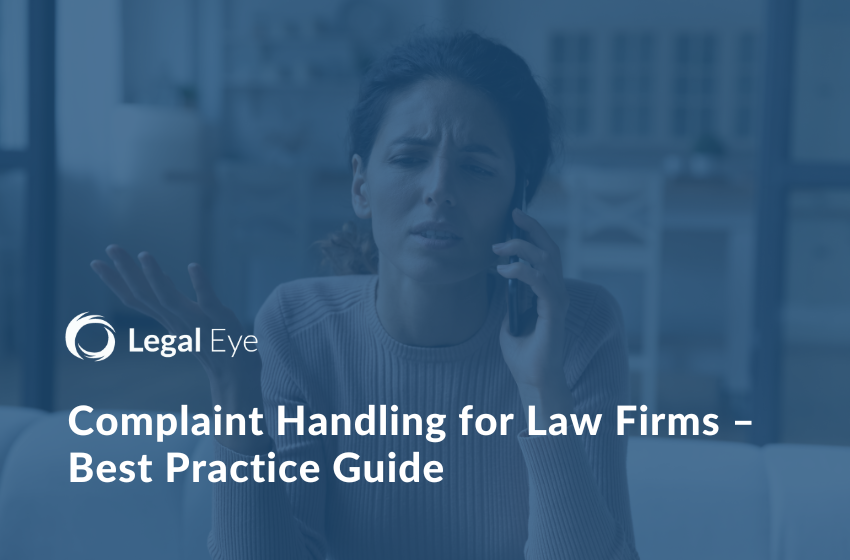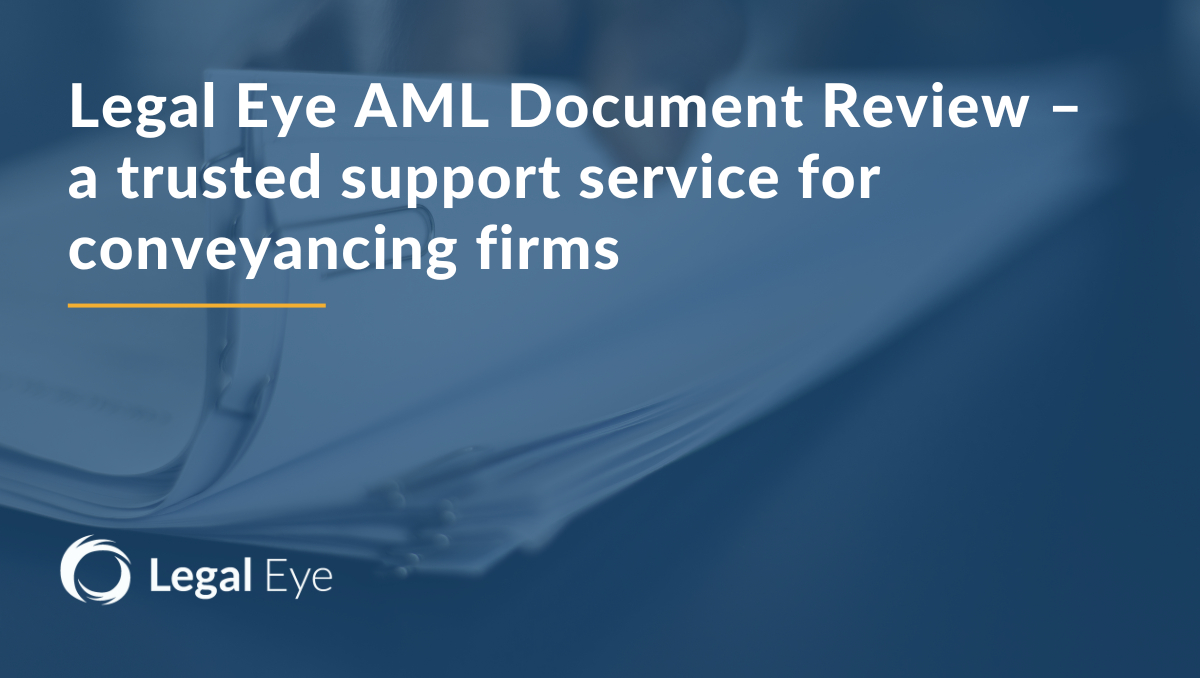Dealing with client complaints effectively is an integral part of delivering high quality client care…
As more and more law firms look to merge, acquire departments, or downscale, a robust approach to planning and mitigating risk is critical. Not least because, without adequate due diligence (DD), the hopes and ambitions of those involved in any merger or acquisition can be shattered.
Deals fail due to many reasons, including cultural differences, lack of vision, integration issues, the chemistry of the key players, and other factors. Indeed, according to one source, when it comes to legal M&A, “only 1 in 10 initial conversations create enough interest to advance to formal discussions”. But there are things firms can do to give any potential deals the best possible chances of success, and our number one recommendation would be to preparation, preparation, preparation.
But what does this look like in practice?
Prepare all necessary Law Firm information
There is a plethora of information needed during the M&A process, and it’s vital that firms contemplating an acquisition know what information to ask for in the early stages of the process. There is no point wasting everyone’s valuable time if something that should have been established upfront later comes to light and derails the deal. Likewise, selling firms should establish what documentation they must supply throughout the process and ensure that this information presents them as an attractive merger or acquisition prospect.
For law firms, the M&A process is likely to involve the following documentation:
- File reviews
- Client care documentation & regulatory requirements
- Risk management framework (office manual) & associated policies
- Business registers
- Business plans
- Other compliance requirements (e.g., insurance, etc.)
To give your deal the best chance of success; consider appointing an independent expert to audit this information and highlight any red flags. Doing this will allow you to take corrective action before it becomes problematic.
At Legal Eye, our comprehensive on/off-site M&A compliance audit delves into the detail and ensures that any risks identified during the DD process are spotted and remedied.
We also offer a preparation for sale compliance audit to ensure everything is in order before proceeding with the final deal.
Gather the other necessary information
As well as the standard documents used by law firms, a vast range of other information and factors will affect the M&A process. This includes:
- Whether there is any IP or technology, this includes patents, registered and common law trademarks and service marks, copyrighted products and materials, confidentiality agreements, IP disputes, etc.
- Any existing business contracts (material contracts) and any potential issues relating to these (e.g., contracts that would have a negative impact if terminated)
- Whether there is any current, settled or potential for litigation against the seller
- Any property owned or leased by the firms
- And more.
Get your finances in order
Any firm buying or merging with another business will want to ensure they understand the target firm’s historical, current, and predicted future financial position. As well as helping to determine whether a deal is viable, this data will help to establish the appropriate structure of any contract, a fair price, and whether any guarantees are needed.
Buyers will request access to substantial financial data as part of the M&A due diligence. As such, any firm involved in a merger or acquisition should audit and prepare the necessary information in advance; this includes supporting financial policies and documents.
Checking accounts, ledgers and balances, Legal Eye provides a M&A financial compliance audit that helps law firms to spot and fill any gaps. Please note we do not review tax provisions or give tax advice.
Make sure the vision, culture and personalities fit
Misaligned visions, cultures, and personality clashes are two key reasons why many law firm M&A don’t go ahead. And, of course, they provide good reasons for ending a potential deal without going into too much detail.
While it is only sometimes possible to resolve matters if there is a clash, it is worth establishing whether there’s a strategic fit early on to save time.
Things to consider in relation to this include:
- Service areas
- Clients and approach to acquisition
- Employees (current structure, plans post deal, management teams, levels of engagement etc.)
- The personalities at the top
- Digital capabilities (where the firms operate dramatically differently)
- Approach to environmental issues and CSR
Even when all this is considered and prepared for, there is no 100% guarantee of the deal’s success. But, by being vigilant about the possible pitfalls and going into the process as informed and prepared as possible, the feasibility of the M&A is greatly improved.




